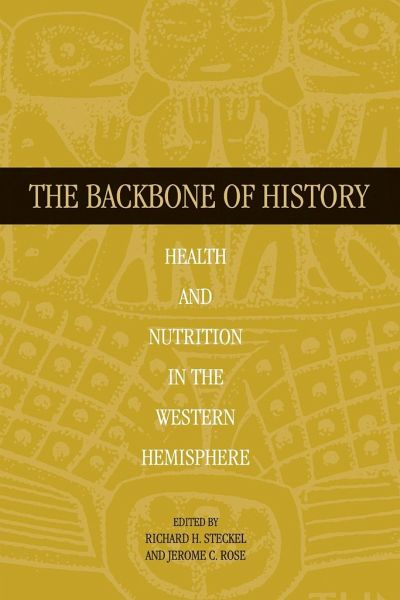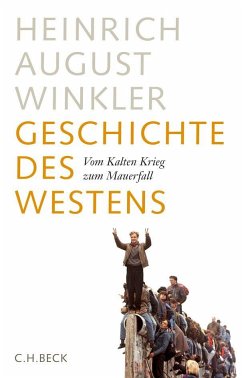
The Backbone of History
Versandkostenfrei!
Versandfertig in 1-2 Wochen
63,99 €
inkl. MwSt.

PAYBACK Punkte
32 °P sammeln!
For the same reasons that explorers of the early twentieth century strove to reach the poles, and their modern counterparts journey to outer space, most people want to visualize the contours of the human experience - the peaks of adaptive success that led to the expansion of civilization, and the troughs in which human presence ebbed. The Backbone of History defines the emerging field of macrobioarchaeology by gathering skeletal evidence on seven basic indicators of health to assess chronic conditions that affected individuals who lived in the Western Hemisphere from 5000 BC to the late ninete...
For the same reasons that explorers of the early twentieth century strove to reach the poles, and their modern counterparts journey to outer space, most people want to visualize the contours of the human experience - the peaks of adaptive success that led to the expansion of civilization, and the troughs in which human presence ebbed. The Backbone of History defines the emerging field of macrobioarchaeology by gathering skeletal evidence on seven basic indicators of health to assess chronic conditions that affected individuals who lived in the Western Hemisphere from 5000 BC to the late nineteenth century. Signs of biological stress in childhood and of degeneration in joints and in teeth increased in the several millennia before the arrival of Columbus as populations moved into less healthy ecological environments. Thus, pre-Colombian Native Americans were among the healthiest and the least healthy groups to live in the Western Hemisphere before the twentieth century.














